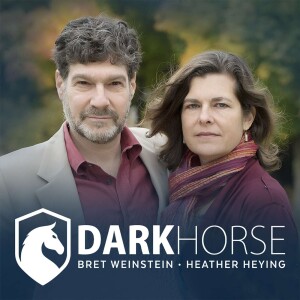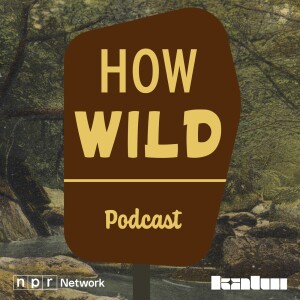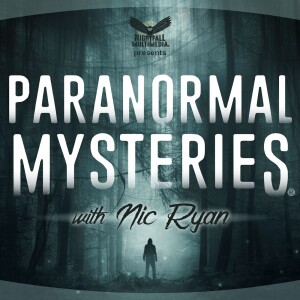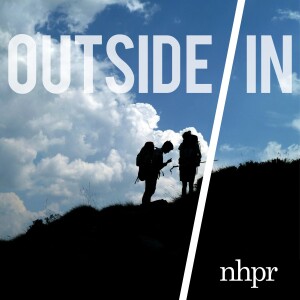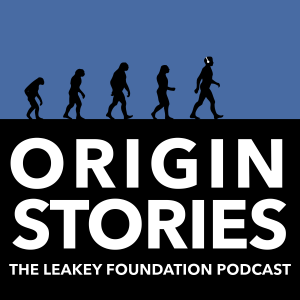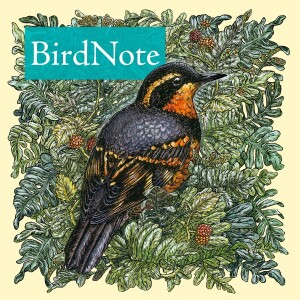

Episode List
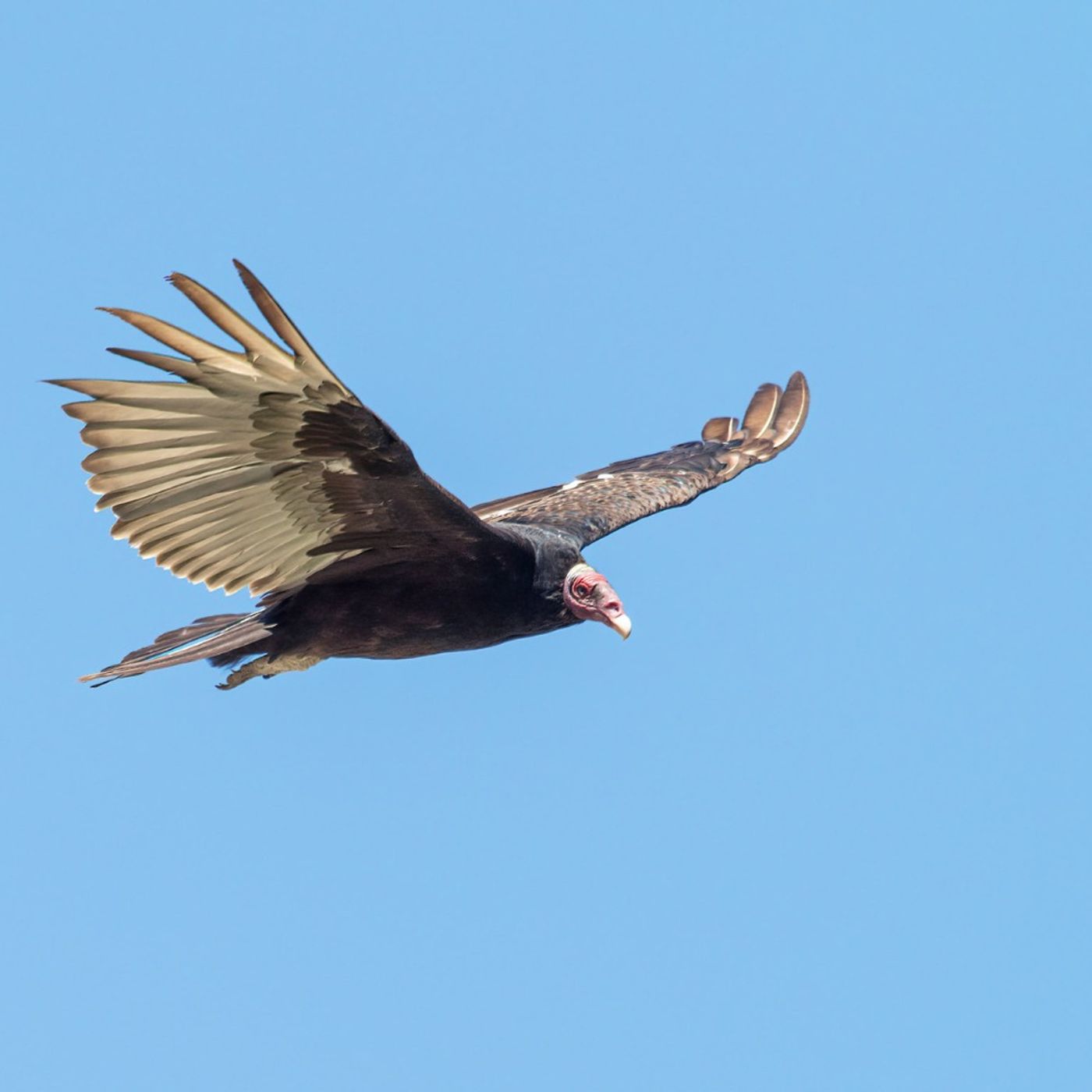
Biomimicry with Billy Almon
For as long as humans have been solving problems, we’ve looked to nature for inspiration. In some cases we’ve even imitated other organisms in our inventions through a process called biomimicry, says Billy Almon, a futurist and biomimicry expert. Billy discusses how the Wright brothers modeled their early airplane designs from the flight mechanics of turkey vultures and how there’s still a lot we can still learn from nature: our first teacher. Learn more in the latest season of Bring Birds Back!More info and transcript at BirdNote.org.Want more BirdNote? Subscribe to our weekly newsletter. Sign up for BirdNote+ to get ad-free listening and other perks. BirdNote is a nonprofit. Your tax-deductible gift makes these shows possible.
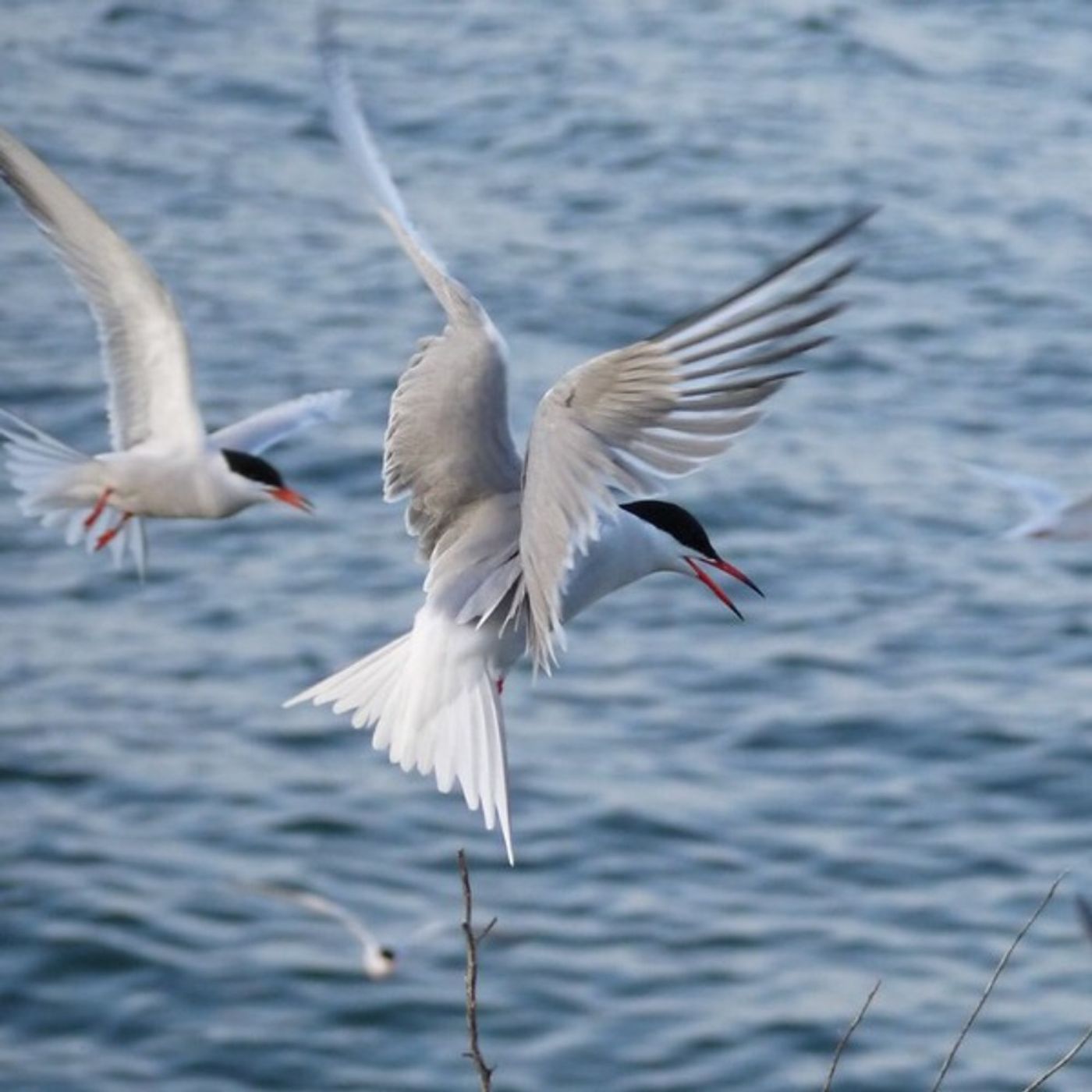
Dreading the Terns
In June of 2022, Adé Ben-Salahuddin worked as a volunteer research assistant on a tiny island off the coast of Maine at a Common Tern breeding colony. Every once in a while, the colony would suddenly go dead silent as all the adult terns took flight and dove over the rocky cliffs, returning soon afterward. This strange behavior is called a “dread,” and sometimes occurs without a predator nearby. It remains unclear why terns do it.More info and transcript at BirdNote.org.Want more BirdNote? Subscribe to our weekly newsletter. Sign up for BirdNote+ to get ad-free listening and other perks. BirdNote is a nonprofit. Your tax-deductible gift makes these shows possible.
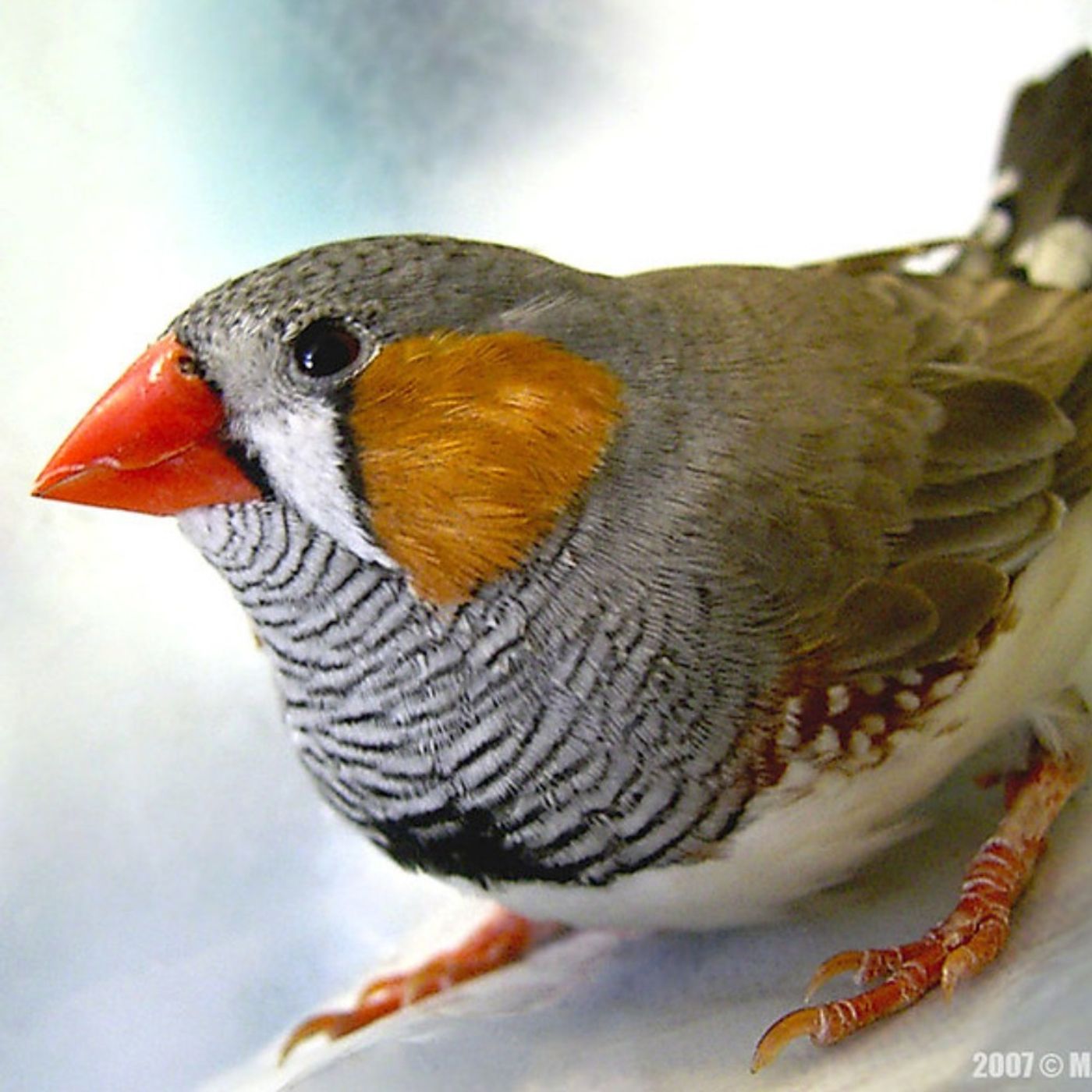
Birds, Nests, and Camouflage
Bird nests can be hard to find, often hidden in plain sight. Is the clever camouflage simply the result of using building materials that the birds happen to find? A Scottish research team used birds popular in the pet trade, Zebra Finches, to try and find out. The team gave nesting Zebra Finches two sources of paper to build their nests from: one that matched the papered walls of their cage, and one that did not. By and large, the finches built nests that blended in with their background.More info and transcript at BirdNote.org.Want more BirdNote? Subscribe to our weekly newsletter. Sign up for BirdNote+ to get ad-free listening and other perks. BirdNote is a nonprofit. Your tax-deductible gift makes these shows possible.

The White-crowned Pigeon
The Florida Keys extend from the state's peninsula like a string of pearls, and pearls they are, in their uniqueness and value. Stands of hardwood trees rise above the islands' level ground. These trees draw many birds of the Caribbean to the keys' tropical habitat. One of these is the White-crowned Pigeon. It's a fruit-eater that eats native figs and the fruit of the poisonwood tree. White-crowns play an important role in spreading seeds. The birds swallow fruits and deposit some of the seeds on the hardwood knolls also called hammocks. Without the pigeons, there might be no tropical hardwood hammocks in the Keys. But without the hammocks, there would be no White-crowned Pigeons in Florida.More info and transcript at BirdNote.org.Want more BirdNote? Subscribe to our weekly newsletter. Sign up for BirdNote+ to get ad-free listening and other perks. BirdNote is a nonprofit. Your tax-deductible gift makes these shows possible.
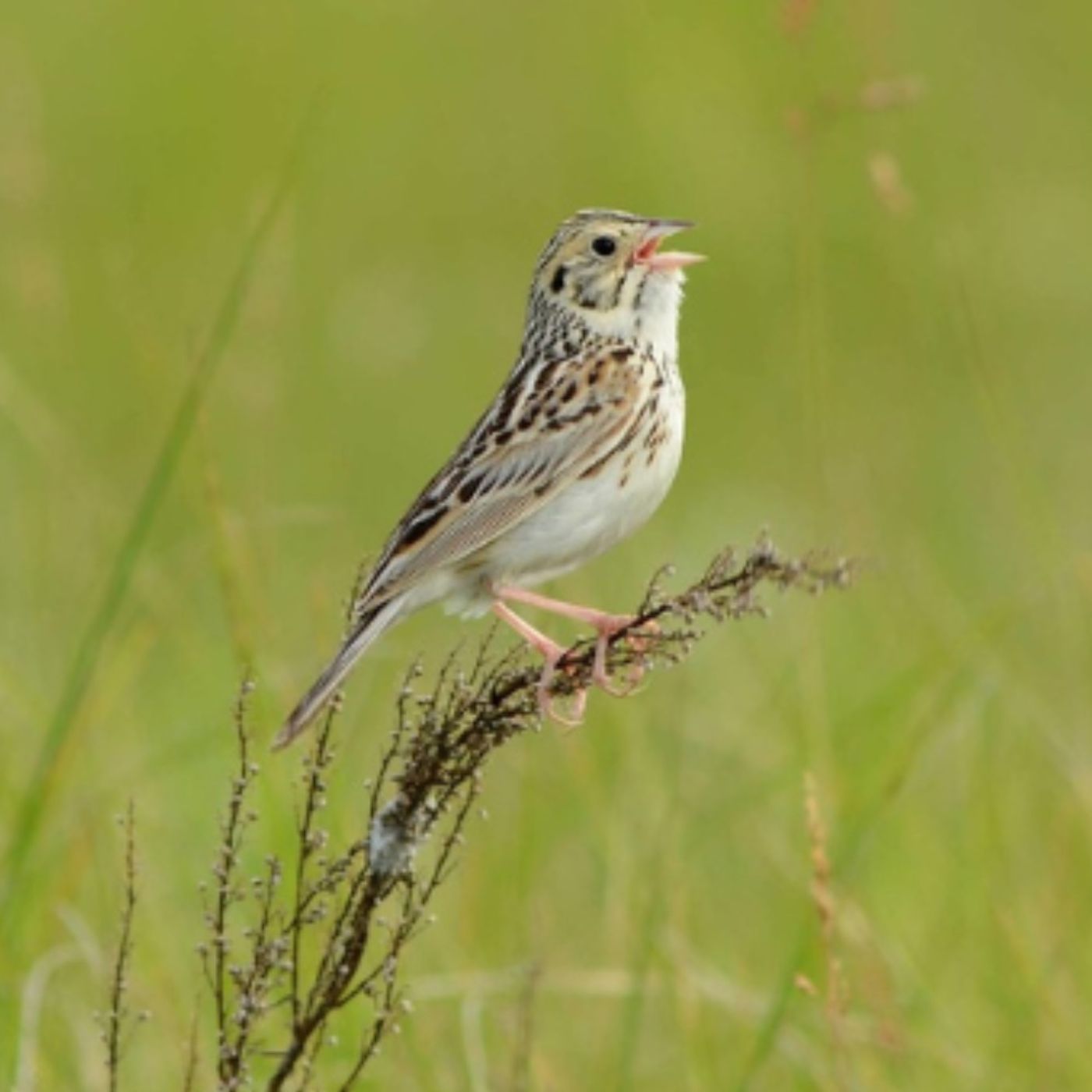
Breeding Birds of the Northern Great Plains
Migratory birds connect the Northern Plains with many parts of the Western Hemisphere. Lark Buntings, Baird’s Sparrows, Upland Sandpipers, and many other birds winter from Central to southern South America. But their reproduction depends on the bounty of the prairie spring. Disrupting any part of their annual life cycle — breeding habitat, stopover places during spring and fall migration, and wintering habitat — reduces the survival of the species.More info and transcript at BirdNote.org.Want more BirdNote? Subscribe to our weekly newsletter. Sign up for BirdNote+ to get ad-free listening and other perks. BirdNote is a nonprofit. Your tax-deductible gift makes these shows possible.
Create Your Podcast In Minutes
- Full-featured podcast site
- Unlimited storage and bandwidth
- Comprehensive podcast stats
- Distribute to Apple Podcasts, Spotify, and more
- Make money with your podcast


